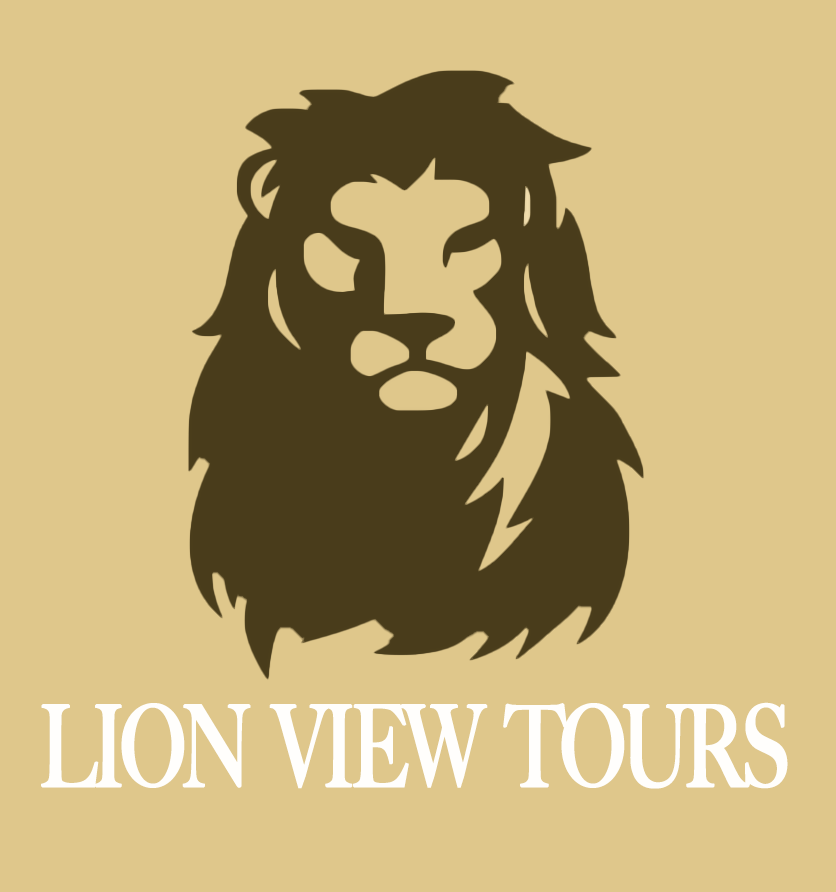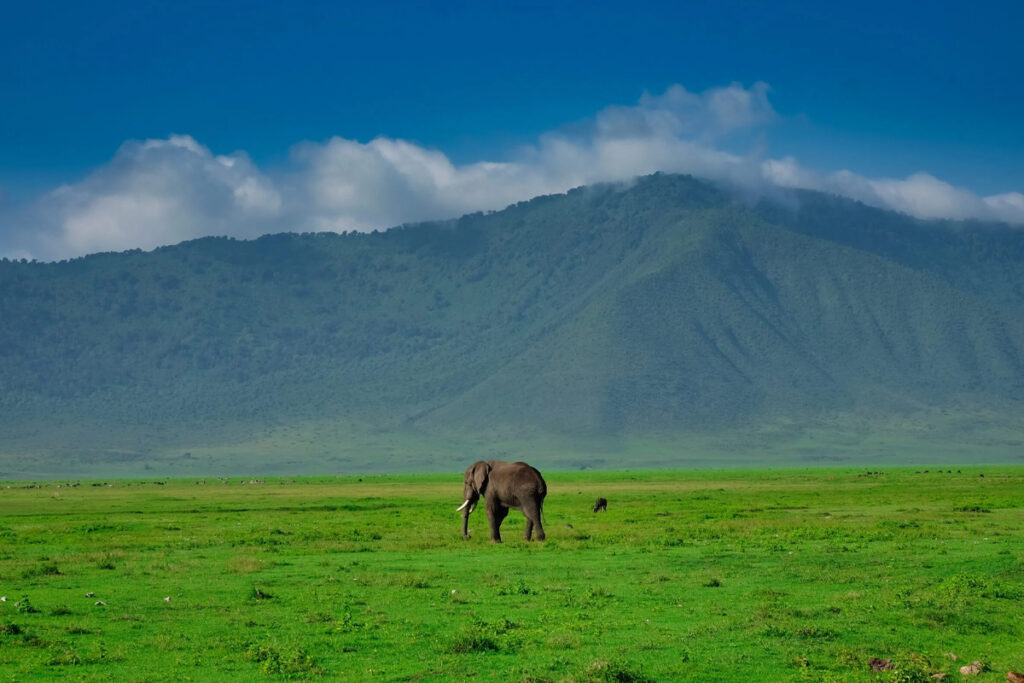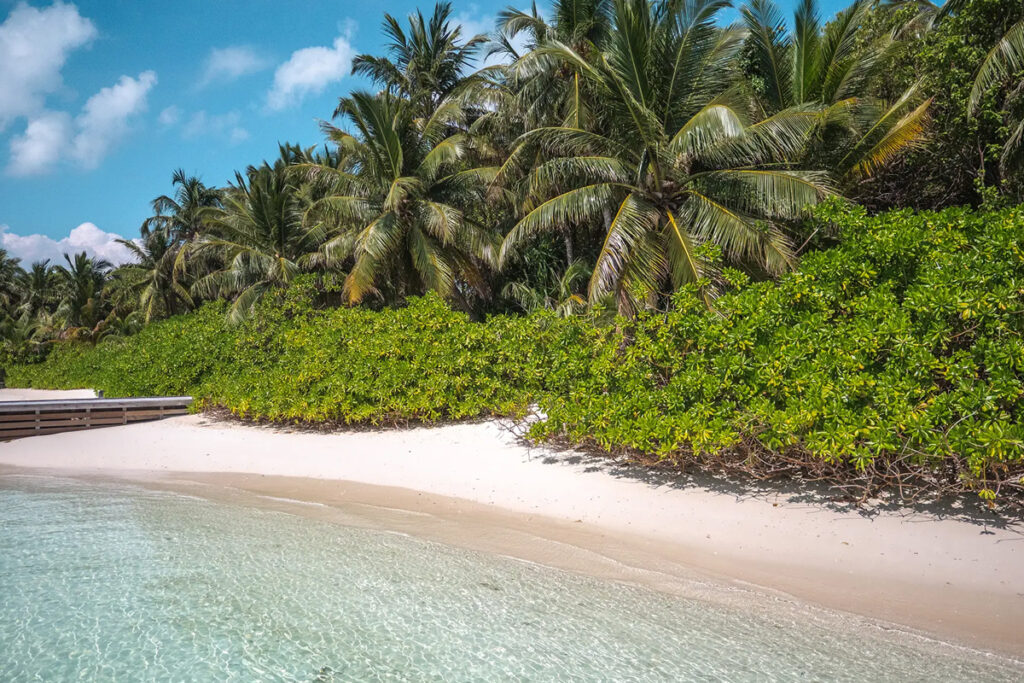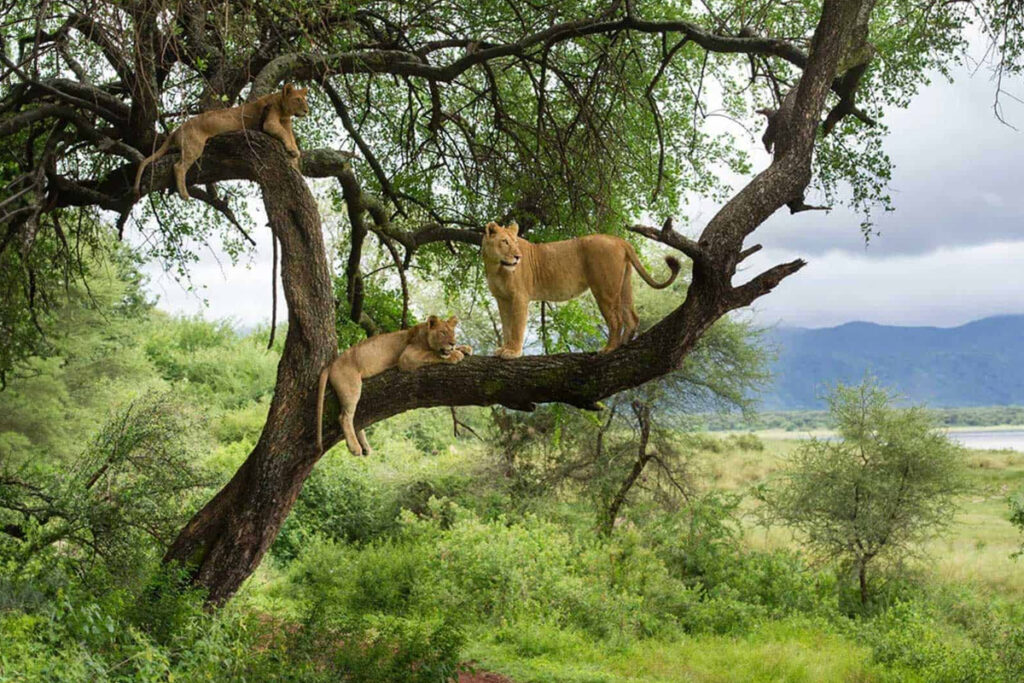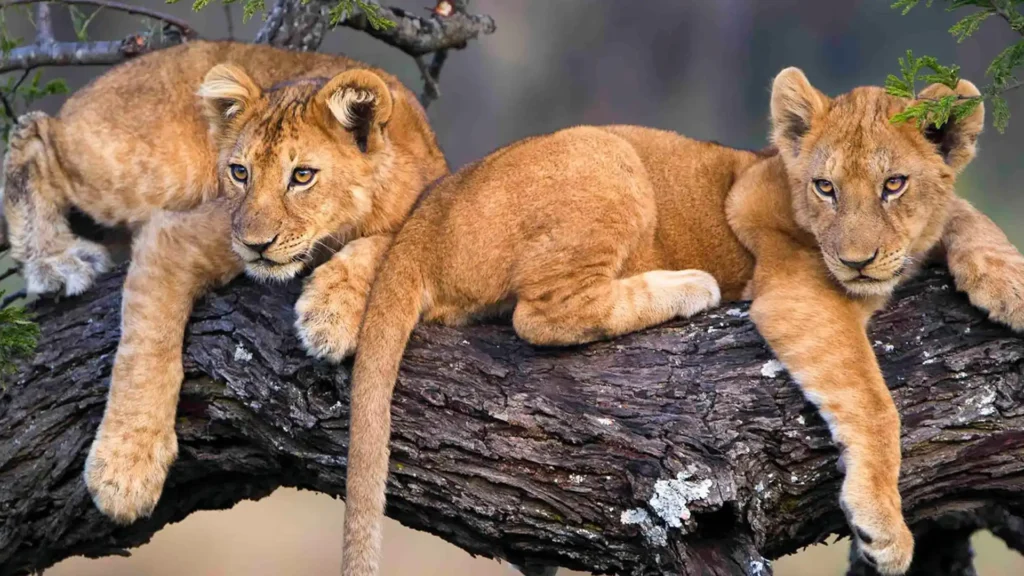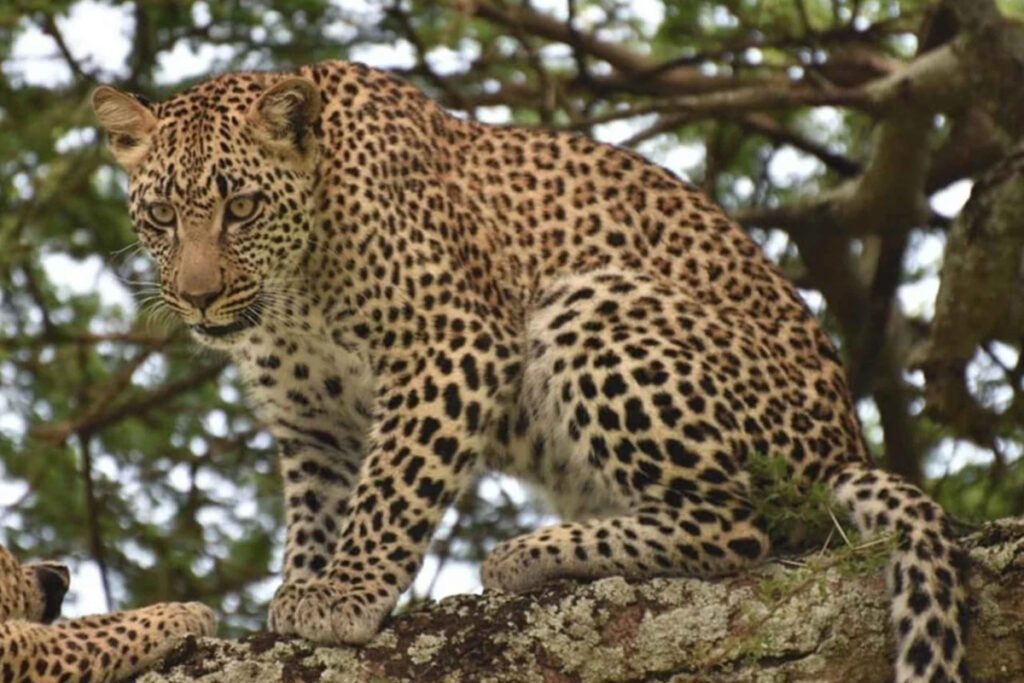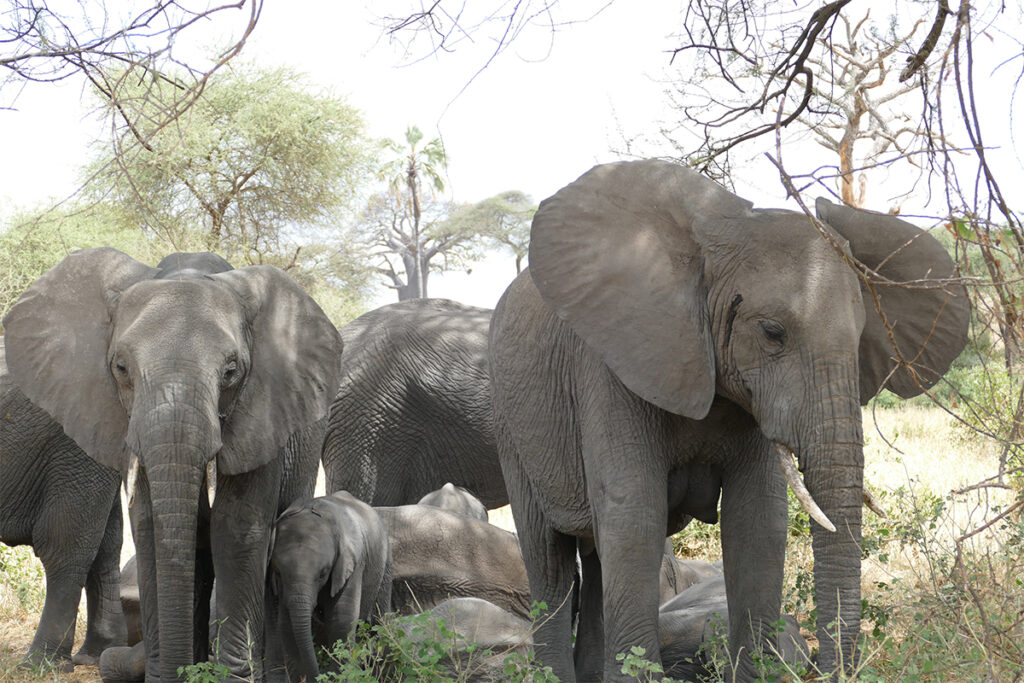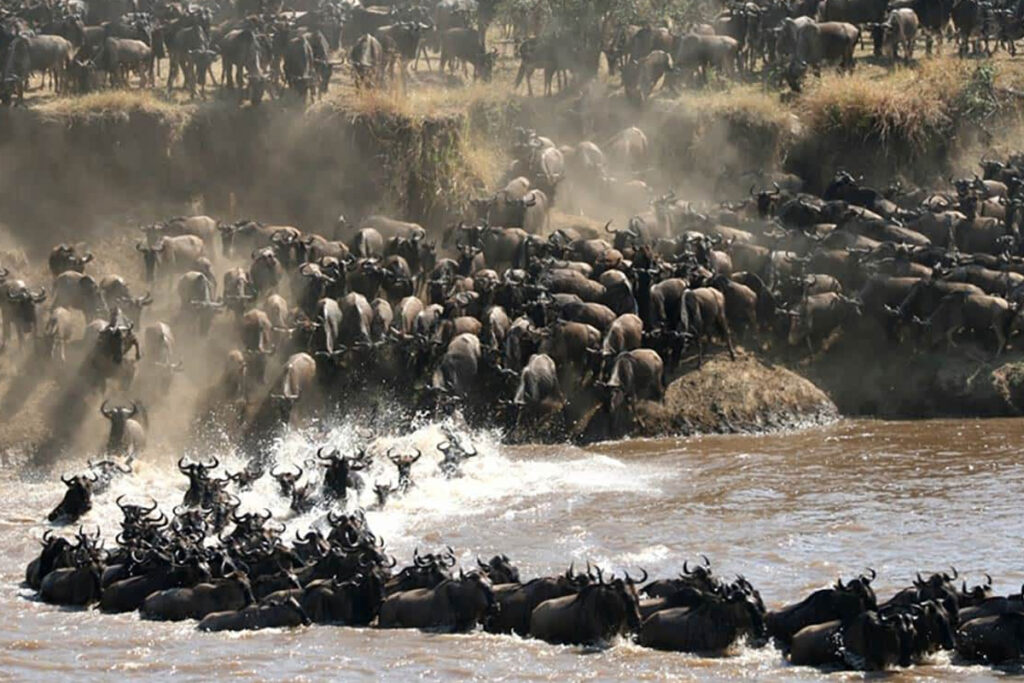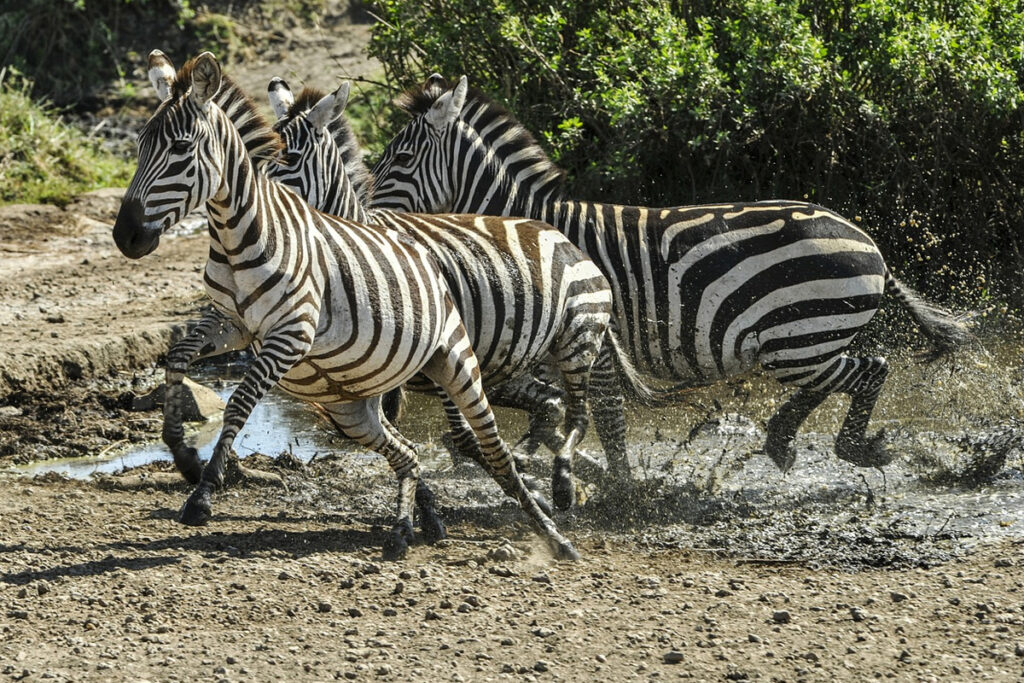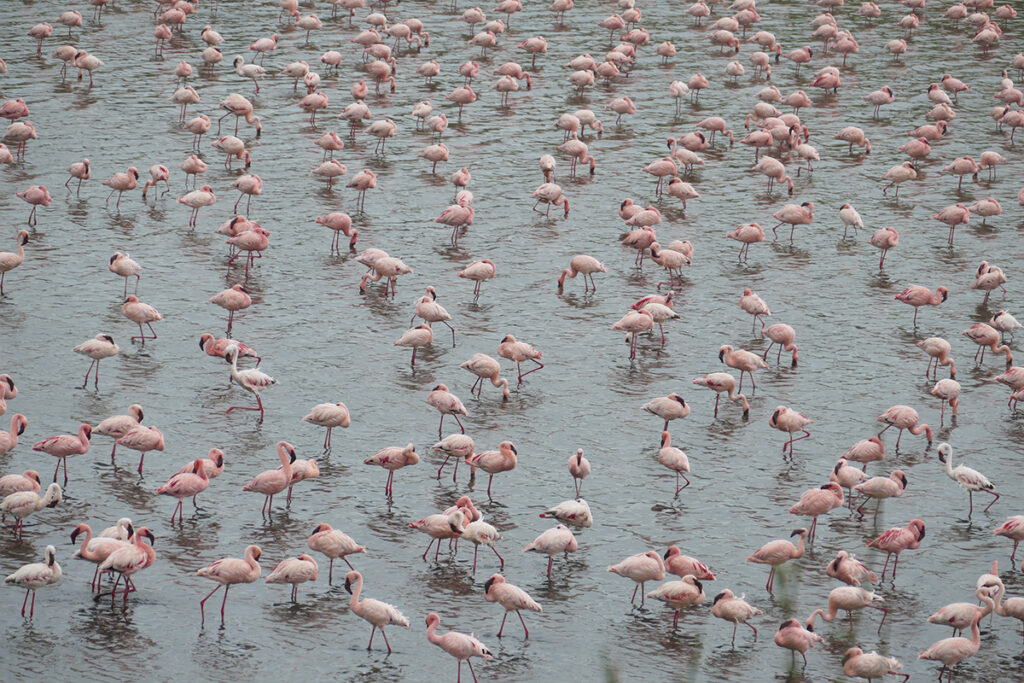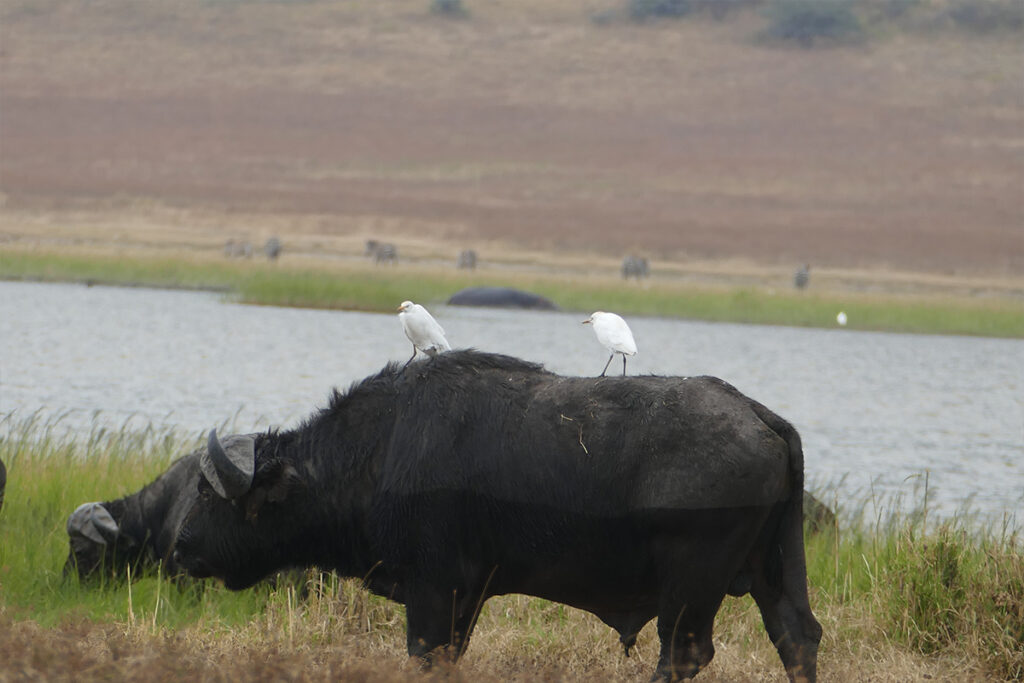Kilimanjaro Faqs
Kilimanjaro FAQs: Everything You Need to Know Before Your Climb
Climbing Mount Kilimanjaro is a life-changing adventure, but naturally, you’ll have many questions before setting out on this epic journey. Below are answers to the most frequently asked questions about climbing Kilimanjaro, including details on routes, costs, fitness requirements, safety, and more.
1. General Kilimanjaro Information
Where is Mount Kilimanjaro?
Mount Kilimanjaro is located in northeastern Tanzania, near the border with Kenya. It is Africa’s tallest mountain, rising 5,895 meters (19,341 feet) above sea level.
| Location | Coordinates |
|---|---|
| Country | Tanzania |
| Region | Kilimanjaro National Park |
| Latitude | 3.0674° S |
| Longitude | 37.3556° E |
What is the height of Mount Kilimanjaro?
Mount Kilimanjaro stands at 5,895 meters (19,341 feet), making it the tallest mountain in Africa and the highest free-standing mountain in the world.
Is Kilimanjaro a difficult climb?
Climbing Kilimanjaro is challenging due to its altitude but does not require technical mountaineering skills. The biggest challenge is the risk of altitude sickness.
2. Routes and Itineraries
What are the main routes to climb Kilimanjaro?
There are seven main routes to the summit of Mount Kilimanjaro:
| Route | Difficulty | Duration | Best For |
|---|---|---|---|
| Marangu Route | Moderate | 5-6 Days | Budget travelers, those who prefer hut accommodations |
| Machame Route | Challenging | 6-7 Days | Scenic route, experienced hikers |
| Lemosho Route | Moderate | 7-8 Days | Best acclimatization, fewer crowds |
| Rongai Route | Moderate | 6-7 Days | Less crowded, drier northern route |
| Shira Route | Difficult | 7-8 Days | Scenic but challenging due to the altitude |
| Northern Circuit | Moderate | 9 Days | Best acclimatization, most scenic |
| Umbwe Route | Very Difficult | 5-7 Days | Quick ascent, experienced climbers only |
Which Kilimanjaro route is the best?
The best route depends on your preferences:
- Best for Acclimatization: Northern Circuit (9 days)
- Most Scenic: Lemosho Route or Machame Route
- Best for Beginners: Lemosho Route (longer duration allows better acclimatization)
- Shortest Route: Marangu Route (5-6 days)
3. Fitness and Preparation
Do I need to be very fit to climb Kilimanjaro?
Climbing Kilimanjaro requires moderate physical fitness. You don’t need to be a professional athlete, but you should prepare with cardiovascular exercise, strength training, and hiking practice to improve your endurance.
| Fitness Tips for Kilimanjaro | Description |
|---|---|
| Cardio Training | Running, swimming, and cycling to build endurance |
| Strength Training | Focus on legs and core (lunges, squats, planks) |
| Hiking Practice | Train on local hills or trails with a loaded backpack |
| Altitude Training | If possible, practice hiking at higher elevations |
How long should I train for Kilimanjaro?
It is recommended to train for at least 2-3 months before your Kilimanjaro climb. Regular cardio workouts, strength training, and practice hikes should be part of your preparation.
4. Altitude Sickness and Safety
What is altitude sickness, and how can I avoid it?
Altitude sickness occurs when your body fails to adjust to lower oxygen levels at high altitudes. Symptoms include headaches, nausea, and fatigue. To avoid altitude sickness:
- Choose a route with good acclimatization (Lemosho or Northern Circuit).
- Ascend slowly.
- Stay hydrated.
- Take rest days if needed.
| Altitude Sickness Symptoms | Prevention Tips |
|---|---|
| Headaches, nausea, dizziness | Ascend slowly, “climb high, sleep low” |
| Shortness of breath | Stay hydrated and take breaks when necessary |
| Loss of appetite, fatigue | Eat regularly, carry energy snacks |
| Severe symptoms (HAPE, HACE) | Descend immediately and seek medical assistance |
Is Kilimanjaro safe to climb?
Yes, Kilimanjaro is generally safe if you follow recommended guidelines, listen to your guide, and properly acclimatize. All treks are led by certified guides, and rescue services are available for emergencies.
Do I need travel insurance for Kilimanjaro?
Yes, travel insurance is essential for Kilimanjaro climbs. Your insurance should cover high-altitude trekking (above 6,000 meters), medical emergencies, and evacuation.
5. Equipment and Gear
What gear do I need for Kilimanjaro?
Proper gear is essential for a safe and comfortable climb. Here is a packing list of the essentials:
| Category | Items |
|---|---|
| Clothing | Base layers, thermal layers, waterproof jacket, fleece, hiking pants |
| Footwear | Sturdy hiking boots, gaiters, warm socks |
| Accessories | Warm hat, gloves, scarf, sunglasses, headlamp |
| Sleep Gear | Sleeping bag (rated for -10°C to -15°C), sleeping mat |
| Trekking Gear | Trekking poles, daypack, backpack, hydration system (water bladder) |
| Personal Items | Sunscreen, lip balm, water purification tablets, toiletries, blister kit |
Can I rent gear in Tanzania?
Yes, most operators offer gear rentals, including sleeping bags, trekking poles, and jackets. However, it’s recommended to bring your own boots and personal items for comfort and fit.
6. Cost and Logistics
How much does it cost to climb Kilimanjaro?
The cost of climbing Kilimanjaro varies depending on the route, the number of days, and the level of service. Prices generally range from $1,500 to $4,000 per person.
| Route | Duration | Cost (Approx.) |
|---|---|---|
| Marangu Route | 5-6 Days | $1,500 – $2,500 |
| Machame Route | 6-7 Days | $1,800 – $3,000 |
| Lemosho Route | 7-8 Days | $2,500 – $4,000 |
| Northern Circuit | 9 Days | $3,000 – $4,500 |
Costs typically include park fees, guides, porters, accommodation, meals, and transportation to and from the park gate. Tipping is an additional cost.
Do I need a visa to climb Kilimanjaro?
Most travelers need a visa to enter Tanzania. Visas can be obtained on arrival at the airport or online via the Tanzania eVisa portal. The visa fee is typically $50 but may vary depending on your nationality.
7. Tipping and Culture
How much should I tip the Kilimanjaro crew?
Tipping is customary on Kilimanjaro treks. The size of your group and the number of crew members determine the total amount, but here’s a general guide:
| Crew Member | Suggested Tip (Per Day) |
|---|---|
| Guide | $20 – $25 |
| Assistant Guide | $15 – $20 |
| Cook | $10 – $15 |
| Porters | $7 – $10 |
The total tip is typically pooled and distributed among the crew at the end of the climb. For a 7-day trek, expect to tip around $200-$300 per climber.
8. Accommodation and Meals
Where do I sleep during the climb?
Depending on the route, you’ll either sleep in tents (Machame, Lemosho, Northern Circuit, etc.) or in huts (Marangu Route). Campsites are set up by the trekking company, and porters carry your gear between camps.
What kind of food is served on Kilimanjaro?
You’ll be provided with three meals a day, prepared by your cook. Meals are hearty and designed to keep your energy levels high. Expect dishes like soups, rice, pasta, fresh vegetables, fruits, and meat.
| Meal Type | Examples |
|---|---|
| Breakfast | Porridge, eggs, toast, tea, coffee |
| Lunch | Sandwiches, pasta, fruit |
| Dinner | Soup, rice, chicken, vegetables, potatoes |
| Snacks | Energy bars, nuts, biscuits |
9. Climate and Seasons
What is the best time to climb Kilimanjaro?
The best time to climb Kilimanjaro is during the dry seasons:
- January to March: Colder, with fewer crowds and clear skies.
- June to October: Warmer, with high visibility and great trekking conditions.
Avoid climbing during the rainy seasons (April, May, and November).
10. Summit Success and Experience
What is the success rate for reaching the summit of Kilimanjaro?
Success rates vary depending on the route and acclimatization period. Longer routes like the Northern Circuit and Lemosho have the highest success rates (~85-90%), while shorter routes like Marangu have lower success rates (~60%).
What does it feel like to reach the summit?
Reaching Uhuru Peak, the highest point in Africa, is an emotional and exhilarating experience. The climb to the summit is challenging, especially the final push, but the sense of accomplishment and breathtaking views make it worthwhile.
Climbing Mount Kilimanjaro is a bucket-list adventure that requires careful planning and preparation. With the right route, training, gear, and acclimatization, you can increase your chances of a successful and enjoyable summit experience. For more information or to book your Kilimanjaro trek, feel free to contact us!
Top Tanzania Safari Destinations
Tanzania is home to some of Africa's most iconic and diverse safari destinations, offering an unparalleled wildlife experience. From the vast plains of the Serengeti to the unique ecosystem of Ngorongoro Crater, each destination offers something special for every traveler. Whether you're tracking the Great Migration, spotting the Big Five, or exploring off-the-beaten-path reserves, Tanzania's national parks and game reserves provide an adventure like no other.
Here are the top safari destinations that should be on every traveler's list:
- Southern Tanzania
- western Tanzania
- Northern Tanzania
- Eastern Tanzania
LET'S PLAN
YOUR SAFARI TOGETHER
Start planning your tour with us, we can create an itinerary from scratch or modify one of our suggested itineraries.
Top Pick Tour Packages For You
Tanzania Safari and Trekking
Tanzania boasts Africa’s renowned parks, promising unforgettable luxury safaris. With expertly crafted itineraries, immerse yourself in the finest national parks for a tailored wildlife adventure.
Our Clients are very Happy
This is What Travelers Are Saying About Us
